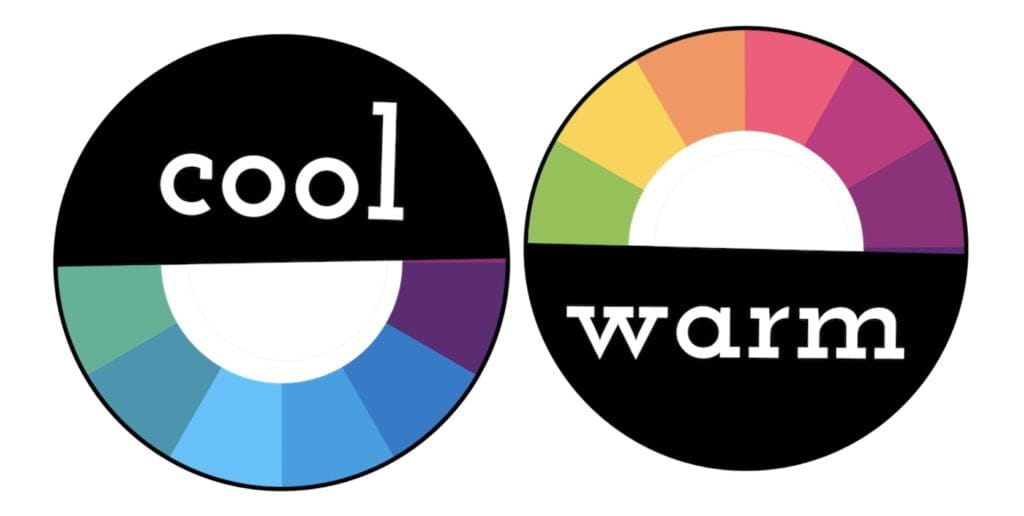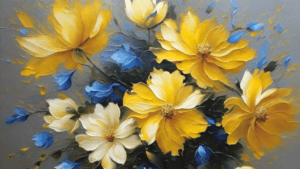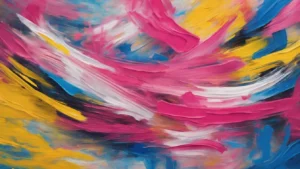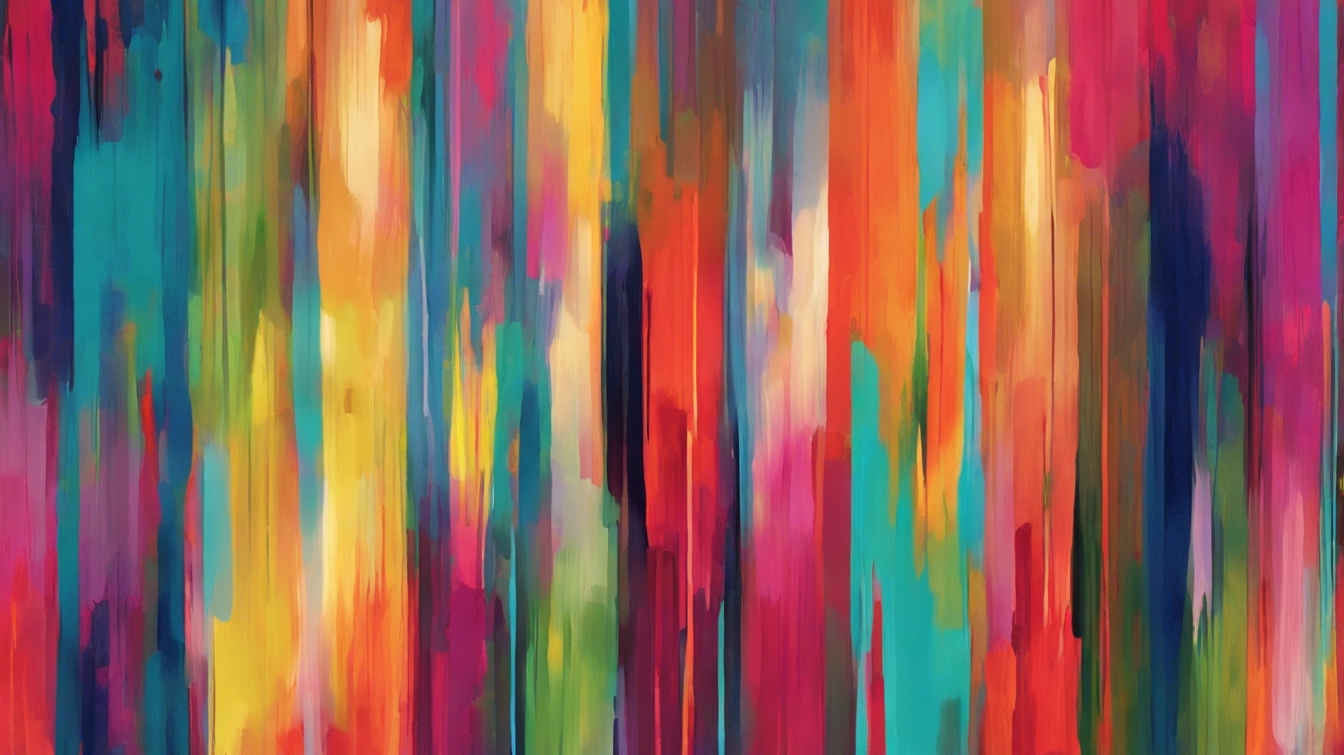What is the Color Wheel?
As a creative individual, understanding and harnessing the power of color is crucial for crafting captivating artwork. Enter the color wheel—an essential tool for artists. This circular arrangement organizes the spectrum of colors, providing a visual representation of chromatic variations. Designers and artists rely on the color wheel as the foundation of color theory. It guides accurate color selection and combination, helping bring ideas to life harmoniously.

What is Color Theory?
The study of color theory explores how colors interact with each other and how artists can use them to create visually appealing compositions. It includes the principles of color mixing, color harmony, color psychology, and the effects of color on human emotions and behavior. Various fields, such as art, design, fashion, and marketing, use color theory to create effective and aesthetically pleasing visual communication. Check out my recent blog post Beginner’s Guide: Color Theory in Art.

Why the Color Wheel & Color Theory Are Important Tools For Artists
The color wheel is an incredibly important tool for artists who want to create compelling and vibrant works of art. At its core, the color wheel is a visual representation of the spectrum of colors. Those who created it intentionally arranged it in a circular format, enabling us to explore and work with color in a dynamic way. There are many different models of the color wheel. Each one has its own unique set of primary colors and mixing techniques. There are additive techniques, which involve combining light to create new colors. In contrast, there are subtractive techniques that involve mixing pigments or dyes to create new colors.
Color Wheel Models
As mentioned before, there are two main types of color wheels: additive and subtractive. Additive color mixing involves combining light to create colors. On the other hand, subtractive color mixing involves mixing pigments or colors with dyes to create new colors.
The primary colors of the additive color wheel are red, blue, and green, or RBG. The subtractive color wheel’s primary colors are cyan, magenta, yellow, and key (black), or CMYK. But the models don’t stop there, there are also RYB (red, yellow, blue) and RGYB (red, green, yellow, blue). Lastly, HSL (hue, saturation, luminance).
Let’s dive a bit deeper into a few of these models…
RGB (Red, Green, Blue):
 This model is used primarily for digital designs and uses red, green, and blue light waves to create a range of colors. This method is known as additive color mixing. By combing varying degrees of red, green, and blue light, you can create any color you desire!
This model is used primarily for digital designs and uses red, green, and blue light waves to create a range of colors. This method is known as additive color mixing. By combing varying degrees of red, green, and blue light, you can create any color you desire!
RYB (Red, Yellow, Blue):

This color wheel is used in more traditional mediums for mixing paints and pigments. This method is known as subtractive color mixing. By combining varying degrees of red, yellow, and blue pigments, a range of colors can be obtained.
RGYB (Red, Green, Yellow, Blue):

This color wheel involves both additive and subtractive color mixing. It includes both primaries and secondary colors associated with both RGB and RYB color wheels.
HSL (Hue, Saturation, Luminance):

HSL is a circular format that pivots around the primary colors, red, green, and blue. It is used to understand color relationships. The HSL model measures the hue of colors around the wheel, the saturation or the intensity of the color, and lightness or darkness.
Warm & Cool Colors on the Color Wheel

When we think of colors, we often think of them in terms of warm and cool tones. Warm colors give off a feeling of heat, fire, and sunshine. On the other hand, cool colors convey calming elements of water, sky, and grass. Some of the most popular warm colors include shades of red, orange, and yellow. In contrast, cool colors include hues of blue, green, and purple.
Warm colors are often seen as energetic, passionate, and exciting. However, those in the cool category evoke feelings of tranquility, calmness, and relaxation. It is interesting to note that opinions on warm and cool colors can vary across cultures. Knowing which colors to use in different situations can help you create an atmosphere that sends a particular message or promotes a specific feeling, whether it’s in art or marketing. Check out my blog post The Psychology of Color: A Comprehensive Guide to learn more about color theory in art and marketing.
Gaining A Deep Understanding
As an artist, you’ll know that there are various elements that come together to make a great piece of art, color being one of the most important. To really take your work to the next level, it’s important to understand the principles of color theory and the different models of the color wheel. By doing so, you’ll be able to create depth and contrast, and evoke specific moods and emotions in your viewers.
The color wheel is truly a magical tool that offers a world of possibilities, enabling you to create works that are truly remarkable. So go ahead and experiment. Try out different color combinations, pay attention to the emotional impact of each, and use this knowledge to perfect your craft! With a deep understanding of color theory, you’ll be able to take your artistry to new heights.
Conclusion
In conclusion, the topic of the color wheel and its significance in the field of art is indeed expansive and deserves a thorough analysis. It is an indispensable tool that every artist must learn to use effectively in order to improve their craft and create outstanding masterpieces. Mastery of the different variations of the color wheel is crucial, since color is one of the most critical elements in art.
A deep understanding of the color wheel enables artists to explore countless combinations of colors and their various interactions and effects. This, in turn, enables them to express and communicate their ideas and emotions more effectively. Therefore, it is important for artists to dedicate time and effort to study the color wheel and practice using it in their creations. With the proper knowledge and skill, an artist could create breathtaking works of art and evoke emotions that resonate deeply with the audience.
Continue Learning About Color

Combining Technique & Color Theory
Color and brushstrokes are two fundamental elements in any work of art. Whether you are a beginner or an experienced artist, it’s essential to have a good understanding of color theory and a grasp on brushstroke techniques.

The Psychology of Color: A Comprehensive Guide
The psychology of color is an essential aspect of our lives. It influences our emotions, perceptions, and even our behavior. In this blog post, we will explore the psychology of color and how it affects us.

The Science of Color: An Outline
Color is not just a visual delight; it holds profound scientific significance. For contemporary acrylic artists, understanding color science is invaluable. This post explores the color wheel and psychological effects, inspiring your creations.
Explore Other Topics

Acrylic Abstract Art: Exploring the Popular Art Style
Acrylic abstract art captivates with bold colors, dynamic shapes, and expressive brushstrokes. This unique style evokes strong emotions and transforms ordinary scenes into extraordinary works. Dive into this exciting world today.

Copyright Law: Using Photos for Reproduction
In today’s digital age, accessing and sharing photos is easier than ever. However, copyright law protects photographs, meaning they can’t be used without permission, even as references for new art. Let’s explore copyright law together!

Inspiration vs. Motivation: Knowing the Difference
In our pursuit of growth, we often encounter “inspiration” and “motivation”. Though used interchangeably, they represent distinct concepts. Understanding their differences helps us harness our inner drive. This post explores their impact.

